How To Use Jessops Telescope ?
To use a Jessops telescope, follow these steps:
1. Set up the tripod: Unfold the tripod legs and adjust the height to a comfortable level.
2. Attach the telescope: Place the telescope on the tripod and secure it in place.
3. Insert the eyepiece: Choose the appropriate eyepiece for your desired magnification and insert it into the telescope.
4. Focus the telescope: Use the focus knob to adjust the focus until the object you are viewing appears clear.
5. Locate objects: Use the telescope's finder scope to locate objects in the sky. Once you have found the object, adjust the focus as needed.
6. Enjoy the view: Take your time to observe and enjoy the view through the telescope.
7. Care for your telescope: After use, store your telescope in a safe and dry place, and clean the lenses and mirrors as needed.
It is important to read the instruction manual that comes with your Jessops telescope for specific instructions and safety precautions.
1、 Setting up the telescope
Setting up the telescope is the first step in using Jessops telescope. Firstly, it is important to choose a suitable location for the telescope. A flat and stable surface is ideal, away from any obstructions such as trees or buildings. Once a location has been chosen, the tripod should be set up and the telescope attached to it. The telescope should be securely fastened to the tripod to prevent any wobbling or movement during use.
Next, the eyepiece should be selected based on the desired magnification. Jessops telescopes come with a range of eyepieces, each with a different magnification level. The eyepiece should be inserted into the telescope and secured in place.
Once the eyepiece is in place, the telescope should be pointed towards the desired object in the sky. This can be done by adjusting the altitude and azimuth controls on the tripod. It is important to take care when adjusting the telescope to avoid any sudden movements that could damage the equipment.
Finally, the focus should be adjusted to ensure a clear image. This can be done by turning the focus knob on the telescope until the object comes into sharp focus. It may take some practice to get the focus just right, but with a little patience and persistence, it is possible to achieve a clear and detailed view of the night sky.
In conclusion, setting up and using a Jessops telescope requires careful attention to detail and a willingness to learn. With the right equipment and a little practice, anyone can enjoy the wonders of the night sky from the comfort of their own backyard.
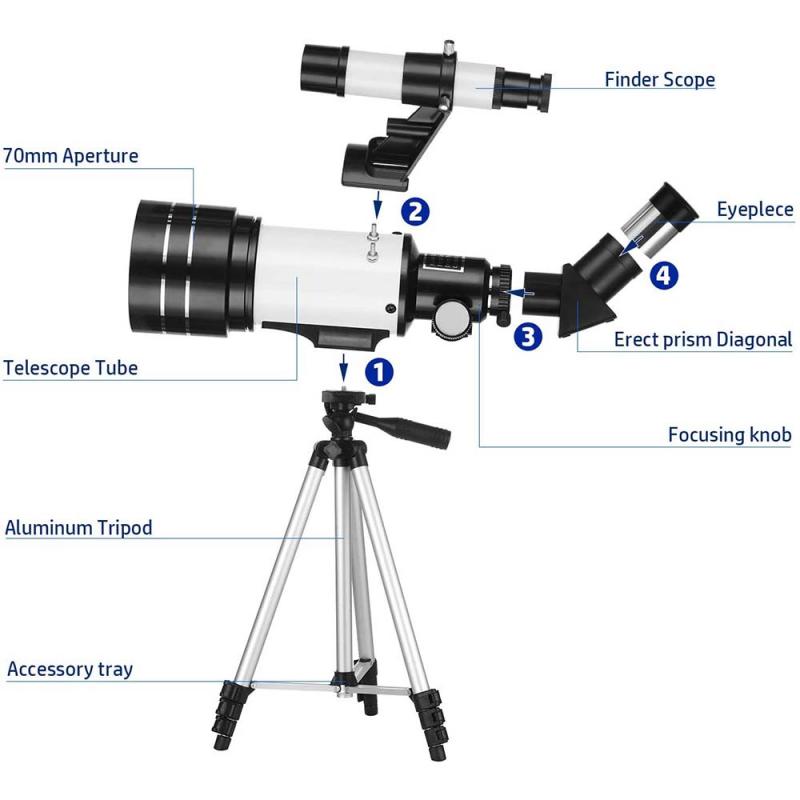
2、 Focusing the telescope
Focusing the telescope is an essential step in using Jessops telescope to observe celestial objects. Here are the steps to follow:
1. Choose your target: Before focusing the telescope, you need to choose the celestial object you want to observe. This could be the moon, planets, stars, or galaxies.
2. Align the telescope: Once you have chosen your target, align the telescope by pointing it towards the object. You can use the finder scope to help you align the telescope.
3. Adjust the focus: Once the telescope is aligned, adjust the focus by turning the focus knob. Start with the lowest magnification eyepiece and focus on the object until it appears clear and sharp.
4. Increase magnification: If you want to increase the magnification, switch to a higher magnification eyepiece and refocus the telescope.
5. Fine-tune the focus: To get the best view of the object, fine-tune the focus by making small adjustments to the focus knob until the object appears clear and sharp.
It is important to note that focusing the telescope can take some practice, and it may take a few attempts to get the object in focus. Additionally, it is important to avoid touching the telescope while focusing, as this can cause vibrations that can affect the image quality. With practice and patience, you can master the art of focusing the Jessops telescope and enjoy the wonders of the night sky.
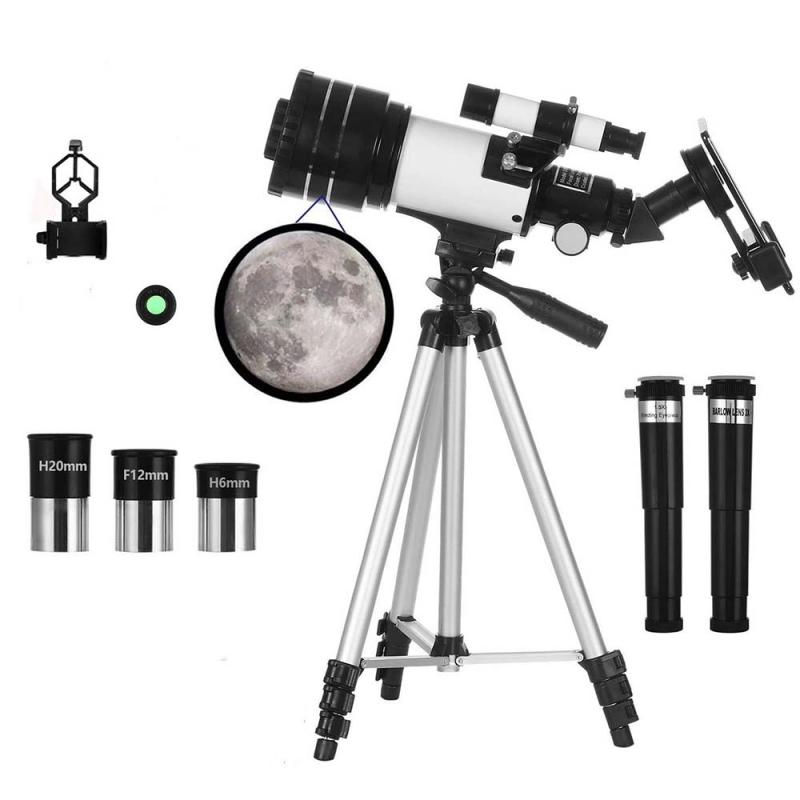
3、 Finding celestial objects
How to use Jessops telescope:
1. Set up the telescope: First, assemble the telescope according to the instructions provided. Make sure the tripod is stable and level.
2. Align the finder scope: The finder scope is a small telescope mounted on top of the main telescope. Align it with the main telescope by pointing it at a distant object and adjusting the screws until the object is centered in both scopes.
3. Choose your target: Use a star chart or astronomy app to find celestial objects you want to observe. Planets, stars, and galaxies are all good options.
4. Focus the telescope: Use the focusing knob to adjust the focus until the object is clear and sharp.
5. Observe the object: Look through the eyepiece and enjoy the view! Use the slow-motion controls to track the object as it moves across the sky.
Finding celestial objects:
To find celestial objects, you will need to know where to look. A star chart or astronomy app can help you locate objects in the sky. You can also use the "star-hopping" technique, which involves using known stars as reference points to find your target.
It's important to note that light pollution can make it difficult to see faint objects in the sky. If possible, try to observe from a dark location away from city lights. Additionally, be patient and give your eyes time to adjust to the darkness.
In recent years, there has been a growing interest in astrophotography, which involves using a camera to capture images of celestial objects. With the right equipment and techniques, it's possible to capture stunning images of planets, galaxies, and other objects in the night sky.
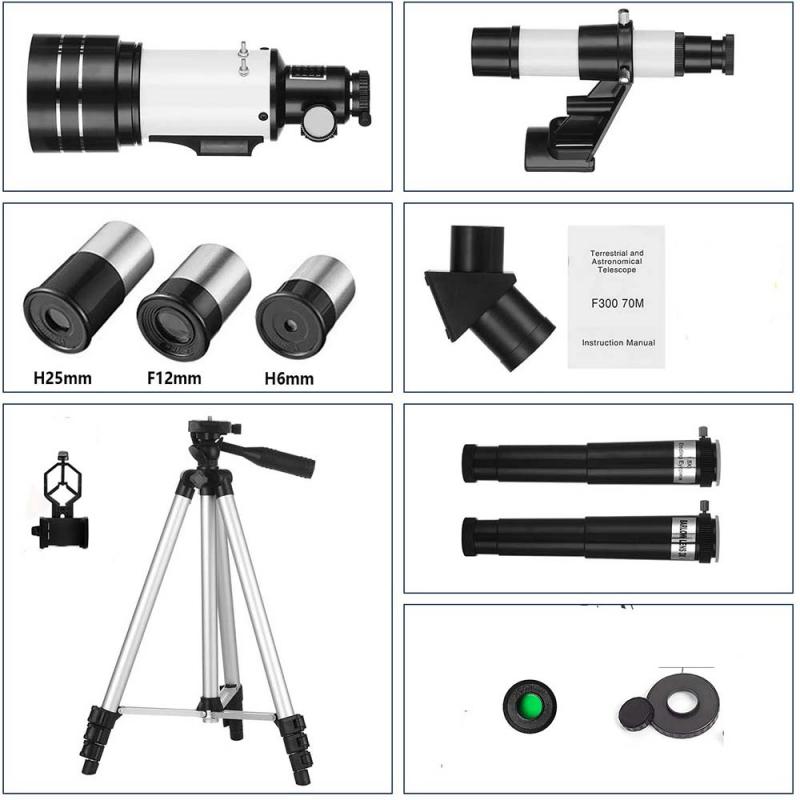
4、 Observing the moon
How to use Jessops Telescope for Observing the Moon:
1. Set up the telescope: First, set up the tripod and attach the telescope to it. Make sure the telescope is stable and level.
2. Align the finder scope: Use the finder scope to locate the moon. Align the finder scope with the telescope by adjusting the screws until the moon is centered in the eyepiece.
3. Choose the eyepiece: Select the eyepiece that provides the magnification you want. For observing the moon, a low magnification eyepiece is recommended.
4. Focus the telescope: Use the focusing knob to adjust the focus until the moon appears sharp and clear.
5. Observe the moon: Once the telescope is focused, you can start observing the moon. Look for craters, mountains, and other features on the moon's surface.
6. Use filters: You can use filters to enhance your view of the moon. A neutral density filter can reduce the brightness of the moon, making it easier to observe details.
Observing the moon through a telescope can be a fascinating experience. With Jessops Telescope, you can see the moon's surface in great detail and observe its changing phases. The latest point of view on the moon is that it is a dynamic and complex world with a rich history. Recent missions to the moon have revealed new information about its geology, composition, and evolution. Observing the moon through a telescope can help you appreciate its beauty and understand its place in the solar system.
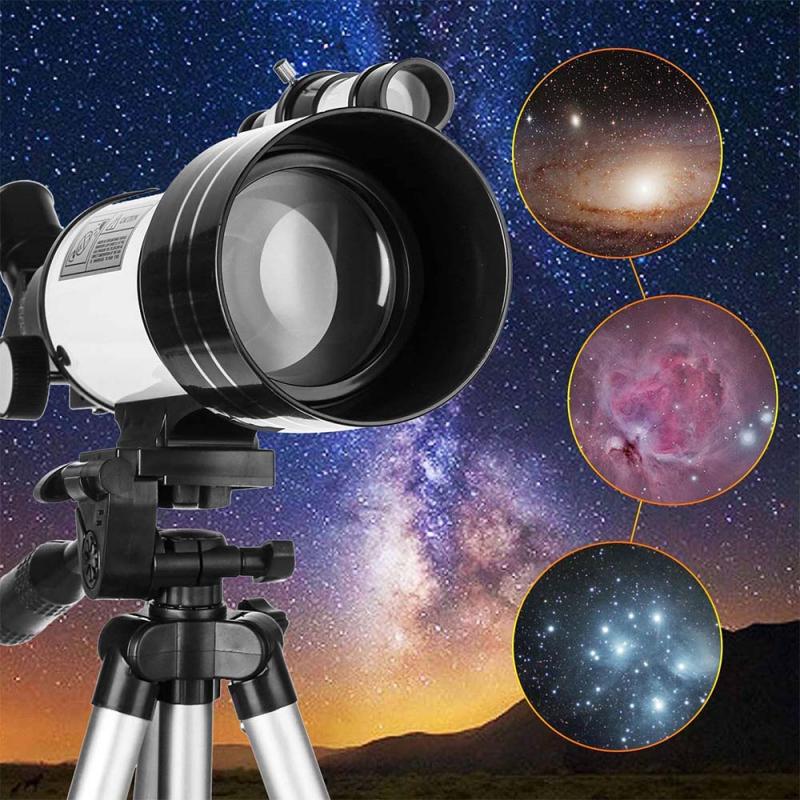








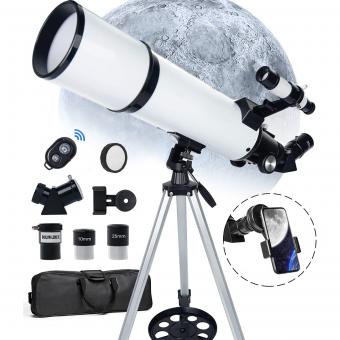
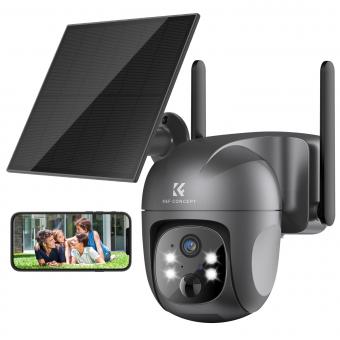
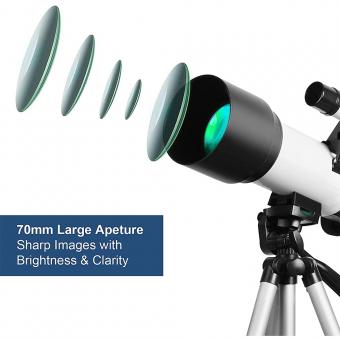
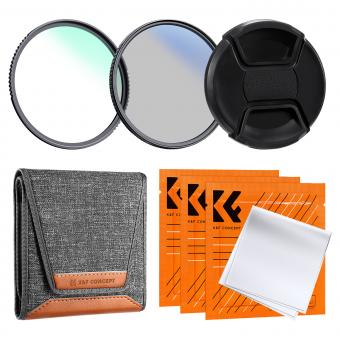






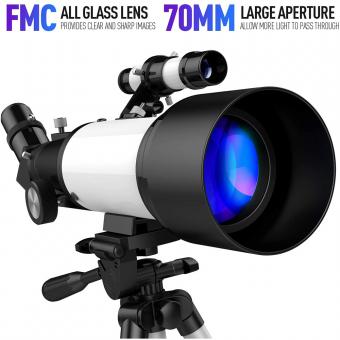

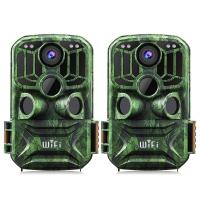



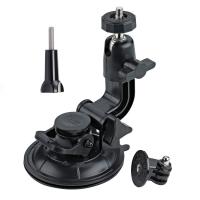





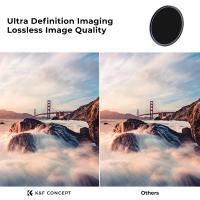



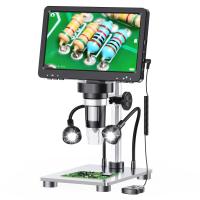
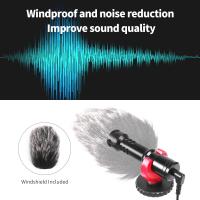
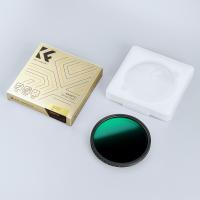
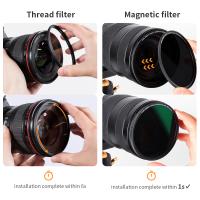

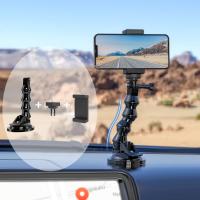
There are no comments for this blog.